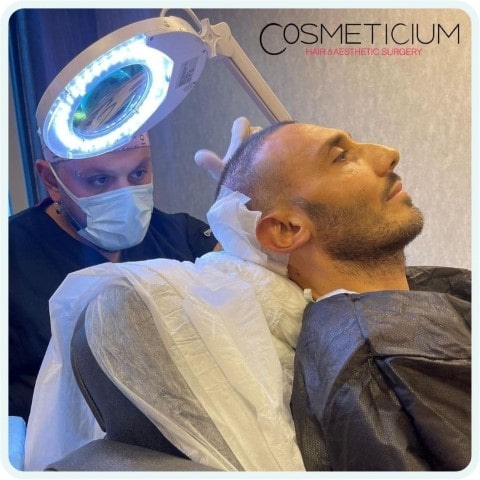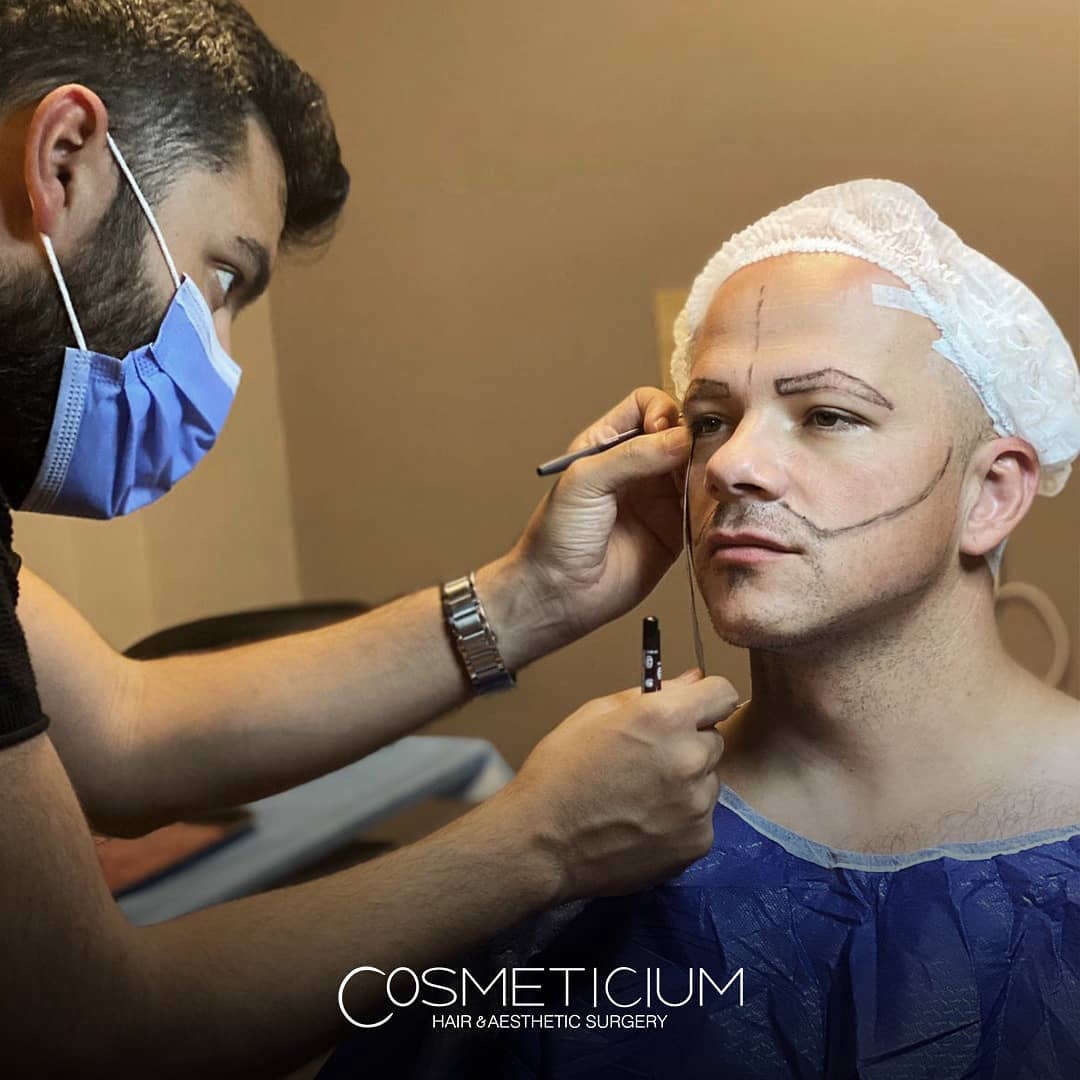Balding is an issue that many people struggle with, and one of the most popular solutions to this problem is hair transplantation. But have you ever wondered if it’s possible to do a transplant from another part of your body? In this blog article, we’ll be exploring the possibility of hair transplants from other parts of your body to your head – what are the risks and benefits, and what do you need to keep in mind before going ahead with such a procedure? Read on to find out more!
Table of Contents
Introduction
If you’re considering a hair transplant, you may be wondering if it’s possible to transplant hair from other parts of the body to your head. The answer is yes, it is possible to transpliant hair from other parts of the body to your head, but there are a few things you need to know before going ahead with the procedure.
First, it’s important to understand that not all hair transplant procedures are created equal. There are two main types of procedures: follicular unit transplantation (FUT) and follicular unit extraction (FUE). FUT involves taking a strip of skin from the donor area (usually the back or sides of the head), which is then divided into individual grafts. FUE, on the other hand, involves individually extracting hair follicles from the donor area and transplanting them into the recipient area.

Second, it’s also important to understand that while you can transplant hair from other parts of the body to your head, the results may not be as natural-looking as if you were to use hair from the same area of the head. This is because when hairs are transplanted from another part of the body, they may have a different color or texture than the surrounding hairs.
Finally, it’s also worth noting that while a hair transplant can give you a fuller head of hair, it won’t necessarily stop your hair loss. If you’re balding due to genetic factors or another condition like alopec
What is Hair Transplant?
Hair transplant is a surgical procedure that involves taking hair from one area of the head and transplanting it to another area. The most common type of hair transplant is follicular unit transplantation, which uses individual hair follicles from the donor area to create natural-looking results.
Hair transplants can be used to restore hair loss due to genetics, injury, or disease. In some cases, people opt for hair transplants as a cosmetic procedure to improve their appearance. Hair transplants are usually performed by dermatologists or plastic surgeons.
The first step in a hair transplant procedure is to create tiny incisions in the recipient area, into which the individual hair follicles will be placed. Next, the surgeon carefully removes individual hair follicles from the donor area and transplants them into the incisions in the recipient area.
After the surgery, it takes time for the transplanted hair to grow back. Most patients see initial growth within a few months, with full growth typically occurring within one year.
Hair transplants are considered safe and effective procedures with minimal risks and complications. However, as with any surgery, there is always a risk of infection or other complications. Be sure to talk to your doctor about all potential risks before undergoing any surgical procedure.
Is It Possible To Transplant Hair From Other Parts Of The Body To The Head?
Hair transplants are a popular way to restore hair loss, but can they be used to transplant hair from other parts of the body to the head?
The answer is yes, but it’s not as simple as transplanting any old follicle. The best candidates for this type of procedure are those who have lost hair due to burns or trauma. In these cases, the hair follicles are still alive and can be transplanted to the head.
However, there are some risks involved with this type of procedure. The most common complication is infection, which can occur if the donor site is not properly sterilized. There is also a risk of scarring and nerve damage.
If you’re considering this type of procedure, be sure to talk to a qualified doctor who can assess your individual case and help you make the best decision for your needs.
Pros and Cons of Hair Transplant
There are a few things to consider before undergoing a hair transplant, such as the pros and cons. Some people may feel that the benefits outweigh the risks, while others may have the opposite opinion. It’s important to do your research and consult with a medical professional before making a decision.
The main pro of hair transplants is that it can restore your hairline and give you back the confidence you’ve been missing. If you’re unhappy with the way you look, a hair transplant can make a big difference. It’s also a relatively safe procedure with minimal side effects.
Of course, there are also some cons to consider. Hair transplants can be expensive, and they’re not always covered by insurance. There’s also no guarantee that the transplanted hair will look completely natural or that it will stay in place for the long term. In some cases, people have experienced complications after surgery, such as infection or scarring.
Ultimately, whether or not a hair transplant is right for you is a personal decision. Be sure to weigh the pros and cons carefully before making your decision.
How Long Does It Take For Transplanted Hair To Grow?
How long does it take for transplanted hair to grow? It can take up to 8 months for transplanted hair to fully grow in. In the meantime, you may notice some shedding of the newly transplanted hairs. This is normal and nothing to worry about.
Post-Procedure Care and Precautions
After a hair transplant procedure, it is important to take care of your scalp. Follow these tips to help your scalp heal and your new hair to grow:
– Wash your hair gently with a mild shampoo. Do not scrub or massage your scalp.
-Apply a light layer of petroleum jelly or Aquaphor to your incisions. This will help keep them clean and prevent scabbing.
-Avoid sun exposure and wear a hat or sunscreen when outdoors.
-Do not smoke or use tobacco products. Smoking can delay healing and increase the risk of infection.
-Avoid strenuous activity and exercises that could cause sweating for at least two weeks after the procedure. Sweating can irritate the incisions and delay healing.
Alternatives to Hair Transplantation
There are a few alternatives to hair transplantation surgery that you may want to consider if you are experiencing hair loss. These include:
- Scalp Micropigmentation: This is a non-surgical treatment that involves tattooing pigment onto the scalp to create the illusion of fuller, thicker hair.
- Hairpieces and wigs: If you are not ready or able to commit to surgery, you may want to consider wearing a wig or hairpiece. There are many high-quality options available that can give you a natural-looking appearance.
- Minoxidil: This is a topical medication that is applied to the scalp and is thought to help stimulate hair growth in some people.
- Platelet-rich plasma therapy: This is a newer treatment that involves taking your own blood and then separating out the platelets, which are then injected into the scalp. It is thought that this may help promote hair growth in some people.
Conclusion
Hair transplantation from other parts of the body to your head is an effective way to restore hair growth and improve your appearance. It requires a careful evaluation of both donor and recipient sites, as well as choosing the right surgeon for the procedure. With all these factors taken into consideration, you can be confident that this type of hair restoration will be safe and successful in restoring natural-looking hair growth. So if you are looking for an alternative solution to baldness or thinning hair, consider consulting with a board certified physician about undergoing a hair transplant from other areas of the body to your head today!



